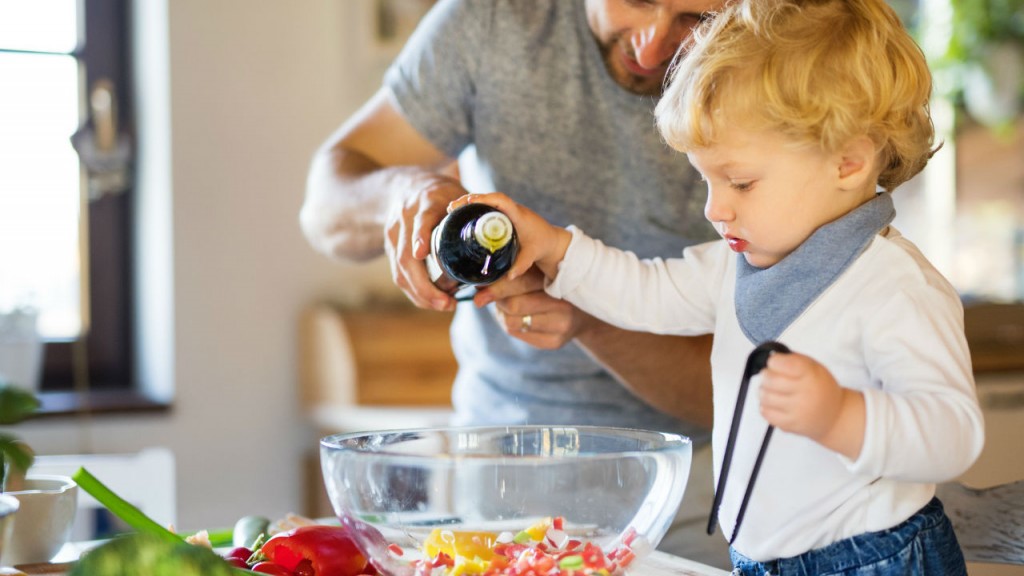
8 Tips to get your Child Eating Healthy!
Our Healthy Living and Well-Being programme teaches children a whole host of skills and knowledge that we hope will encourage healthy, happy lifestyles that will follow them throughout their lives
One aspect of this programme is encouraging children to eat healthy and nutritional foods and to understand their own hunger and energy needs.
Encouraging this is no easy thing but here are some top tips on getting your children to eat those vegetables they might not like!
1 – Include your child in cooking, let them assist you in chopping vegetables, encourage them to feel them, smell them, taste them raw, look at the changes in them once they’re cooked

2 – Talk to your child about where food comes from e.g. apples grow on trees and potatoes grow underground. Talk to your child about what foods are good for e.g. fish is good for healthy skin and milk is good for strong teeth and bones.
3 – Be a good role model, we all have foods that we don’t like but try to keep this to yourselves. Children listen to more than we think and when we say things like “I don’t like fish” or “water isn’t nice, it doesn’t taste of anything” this is then learnt.
4 – Let children make choices. You can offer lots of choices in what you cook e.g. what vegetables shall we use in our casserole today? Would you like mushrooms or carrots in your spaghetti bolognaise?
5 – Encourage children to serve themselves. Children need to learn how to manage their own hunger from an early age and the best way for them to do that is let them experiment with how much food they need. At first they may serve a little too much so encourage them to serve smaller portions and then have seconds.
6 – Don’t treat sweet, high calorie foods are treats – When we reinforce messages like “if you put your toys away you can have some cake” or “if you eat all of your broccoli then you can have ice cream” we take away the value from the other treat food they could have like strawberries, grapes, pineapple.
7 – Keep a food record with your child. You could make a chart or draw pictures of the food children need to eat to be healthy like fruits, fish, vegetables. Encourage that conversation because children want to grow up to be healthy and use the chart as a talking point like “we’ve not had fish yet this week, we need fish for our lovely skin, lets have that for lunch today”.

8 – Create daily snack boxes, these could include two pieces of fruit, one vegetable that you’re going to cut up for some humous and one cereal bar and let the children eat this when they want it. If the snacks are gone by early afternoon then they will then have to wait until mealtimes to eat.







